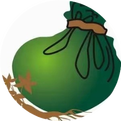Does Traditional Chinese Medicine (TCM) have formulas to enhance immunity? There are indeed many such formulas.
However, immunity is a term from modern medicine; in TCM, we refer to it as “zheng qi” (正气), and enhancing immunity is about supporting the body’s righteous energy.
Gui Zhi Tang (桂枝汤) is an excellent formula for strengthening the body and expelling pathogens. It nourishes the righteous energy internally while driving out pathogenic influences externally. With no internal worries and no external threats, one can enjoy good health.
Only Zhang Zhongjing could create such a perfect formula.
Gui Zhi Tang originates from the “Shang Han Lun” (《伤寒论》), where it is the first classical formula mentioned. Moreover, it is so effective that it is often referred to as the premier formula for treating cold damage.
Gui Zhi Tang’s ingredients include: Gui Zhi (桂枝) 9g, Bai Shao (白芍) 9g, Gan Cao (甘草) 6g, Sheng Jiang (生姜) 9g, and Da Zao (大枣) 4 pieces.
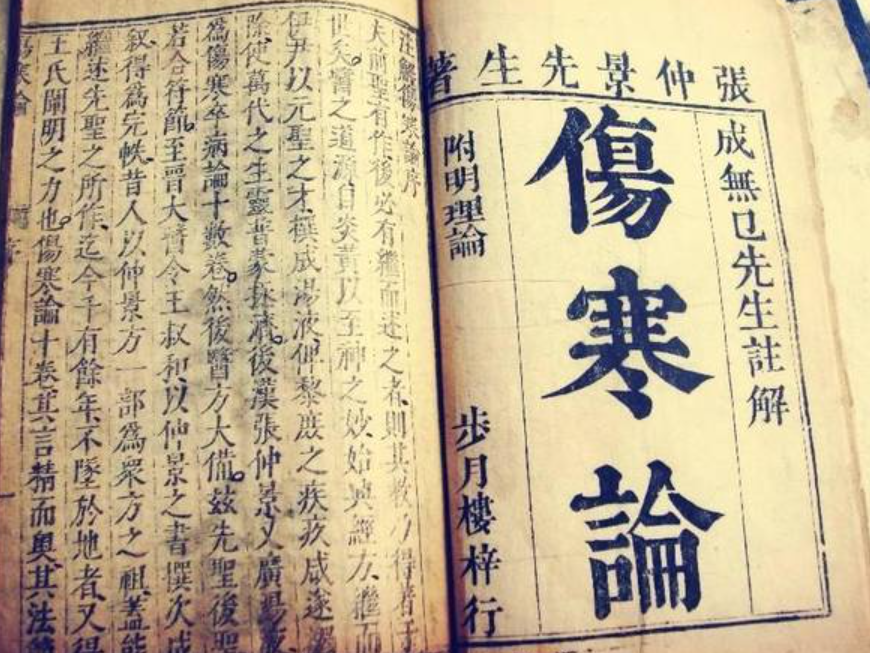
Thinking about how this formula has existed for thousands of years, I find TCM truly remarkable. Many formulas from the “Shang Han Lun” are still in use today and have excellent therapeutic effects.
The original text from the “Shang Han Lun” states: “When the Tai Yang (太阳) is attacked by wind, the Yang is floating and the Yin is weak. The floating Yang indicates heat is self-generated; the weak Yin indicates sweating occurs. Symptoms include aversion to cold, aversion to wind, fever, nasal congestion, and dry retching; Gui Zhi Tang is the main treatment for this.”
Symptoms include slight aversion to cold, fear of wind, runny nose, mild fever, dry retching, and sometimes sweating. This vividly describes the type of cold that Gui Zhi Tang targets.
In TCM, it is believed that the body has two types of Qi: Wei Qi (卫气) and Ying Qi (营气). Wei Qi protects the body, while Ying Qi nourishes it, with Ying circulating within the vessels and Wei circulating outside. Here, “vessels” refers not to meridians but to blood vessels.
The life energy flowing with the blood in the vessels is called Ying Qi; the life energy between the skin and tissues is called Wei Qi.
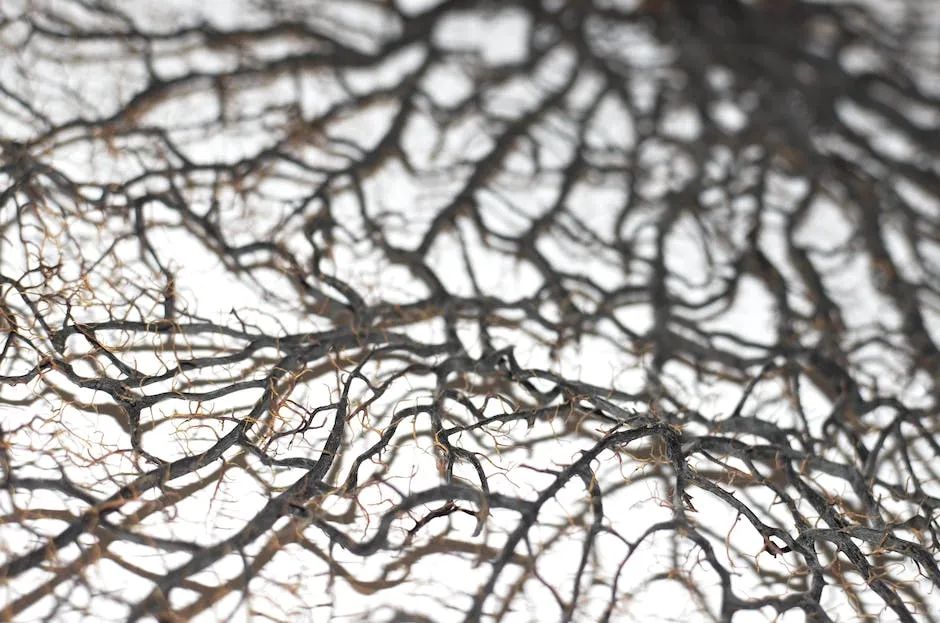
Individuals with weak skin and muscle defenses may find their resistance inadequate when exposed to wind and cold, allowing the wind to penetrate their defenses.
“Wind injures Wei Qi,” and when cold pathogens invade the surface, the body needs to mobilize its first line of defense to expel the cold through sweating, preventing further invasion.
How does Gui Zhi Tang achieve this?
Gui Zhi Tang contains five medicinal ingredients: Gui Zhi, Bai Shao, Zhi Gan Cao, Sheng Jiang, and Da Zao. Let’s analyze them individually.
01Gui Zhi
The plant Cinnamomum cassia, known in ancient China as “Zhen” tree, possesses an “invading” power.
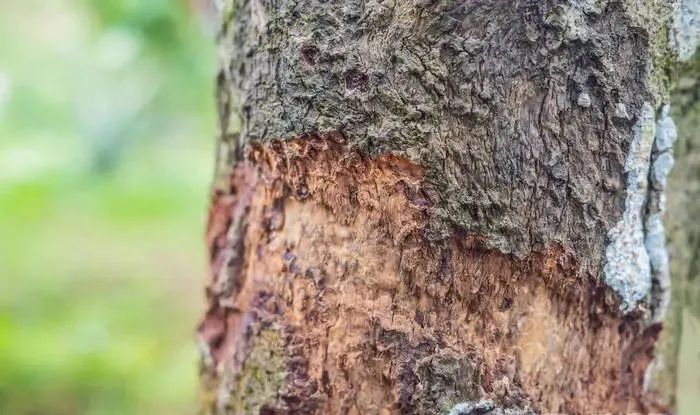
Within a few meters of the Cinnamomum tree, no other trees can grow, as the “wind energy = wood energy” is expelled by it.
How strong is this power? Experiments have shown that if a small wooden stake made from Cinnamomum is nailed into another tree, that tree will die the next day.
It can drive the wood energy away, leaving the tree’s life force unsupported.
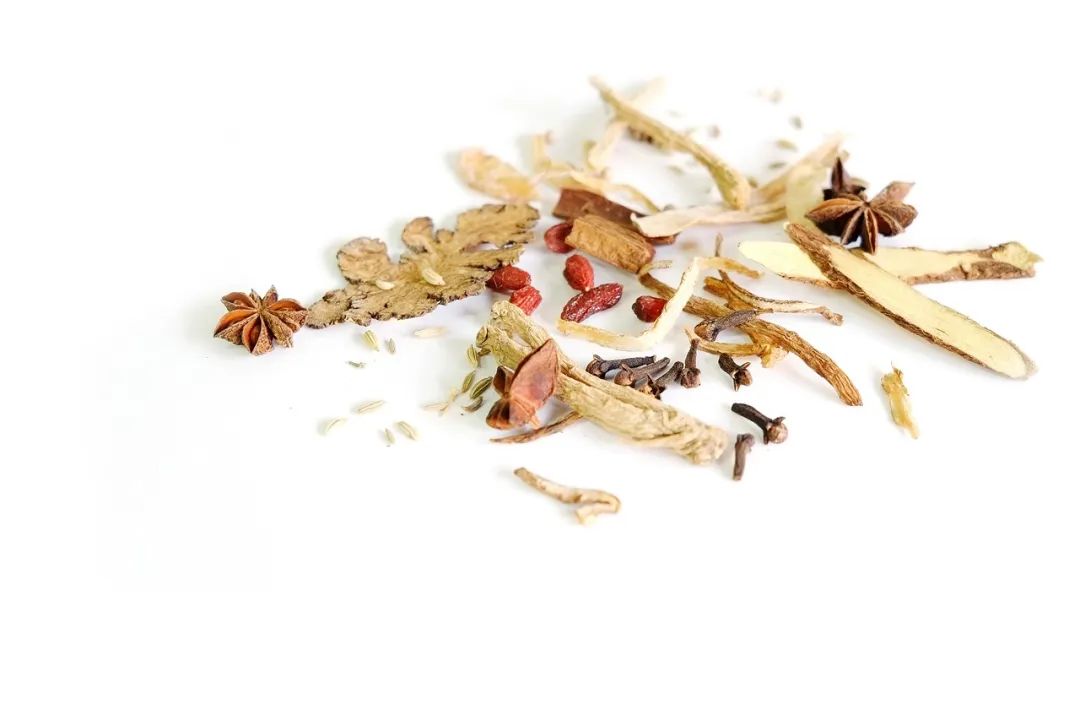
Current research suggests that Gui Zhi can enhance heart vitality, allowing the arteries to pump blood more effectively throughout the body.
Additionally, Gui Zhi can help regulate Qi, preventing it from rising excessively. During a cold, individuals may feel nauseous and have a poor appetite; Gui Zhi can help descend the Qi.
02Bai Shao
Bai Shao acts in contrast to Gui Zhi; while Gui Zhi extends outward, Bai Shao draws inward.
Current research indicates that Bai Shao can promote venous return to the heart. It also relaxes muscles and tendons, alleviates pain, nourishes liver blood, and soothes anger.
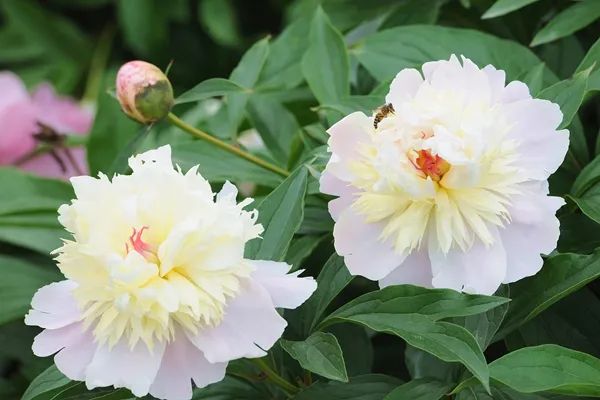
Thus, the combination of Gui Zhi and Bai Shao creates a perfect synergy: one enhances arterial flow while the other promotes venous return, improving overall blood circulation and metabolism.
03Zhi Gan Cao
Sweet and nourishing, Zhi Gan Cao supplements the body’s central Qi during metabolic processes.
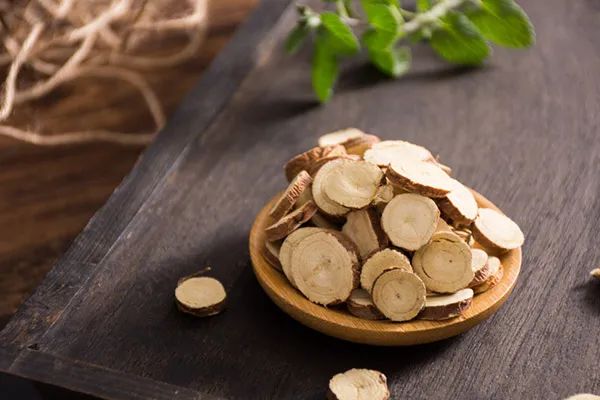
Zhi Gan Cao is also beneficial for the heart, as seen in the famous formula Zhi Gan Cao Tang.
When used raw, Gan Cao can clear heat and detoxify; using it to clear heat differs from using bitter cold herbs.
When combined with Gan Cao, Huang Qi (黄芪), and Ren Shen (人参), it can “sweetly and warmly eliminate great heat”; with sufficient vital energy, resistance improves, preventing “inflammation” or “excess heat.”
Gan Cao detoxifies primarily due to its sweet and earthy nature.
Soil can neutralize various toxins, especially over time; the land cultivated by our ancestors continues to yield, maintaining a dynamic balance of organic matter, much like the ocean.
When combined with other herbs, Gan Cao moderates their effects, allowing for a gentler approach while harmonizing the formula.
Thus, Gan Cao is often referred to as the “National Elder” in TCM, akin to a wise minister serving multiple generations of rulers.
Such individuals often act as mediators, resolving conflicts.
When Gan Cao is included in a formula, it acts as a mediator, allowing Gui Zhi to perform its role and Bai Shao to fulfill its purpose, ensuring each herb functions harmoniously without conflict.
04Sheng Jiang
Sheng Jiang can “strongly repel water Qi,” eliminating excess dampness and cold from the body.
For individuals with a cold constitution, consuming cabbage may lead to fatigue; adding a bit of ginger while cooking resolves this issue.
Sheng Jiang’s properties are more “dispersive” and can be used in tonifying formulas, though it is not a tonifying herb itself. Li Dongyuan advised against consuming ginger at night, as it disperses Qi.
In this formula, Sheng Jiang disperses cold and dampness. While Gui Zhi and Bai Shao enhance blood circulation, Sheng Jiang helps expel cold and dampness from the body.
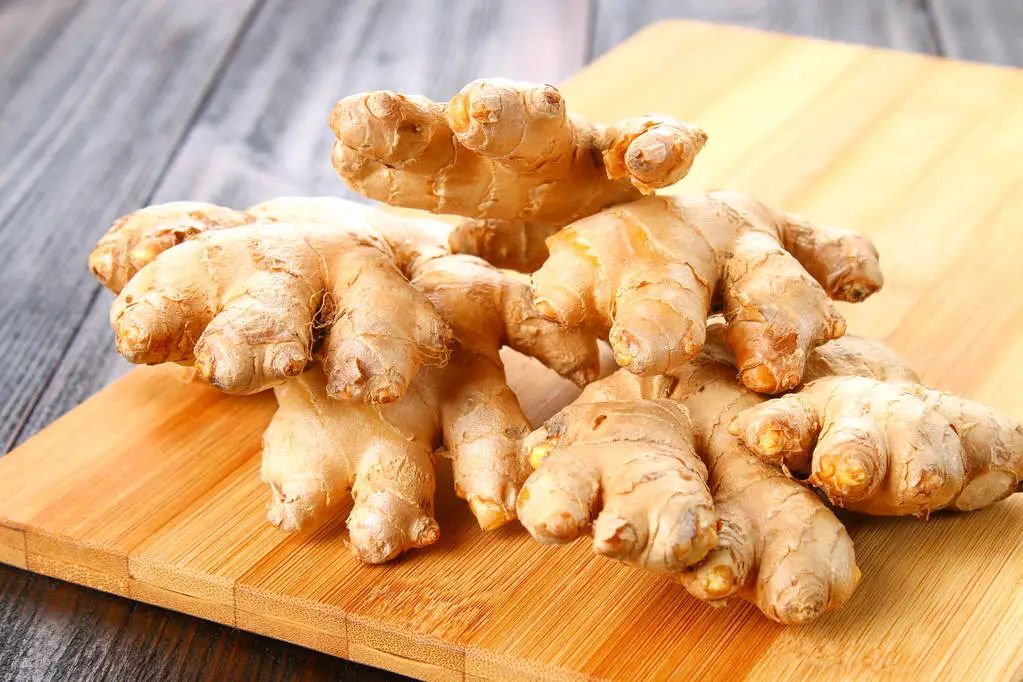
Without Sheng Jiang, the properties of Gui Zhi would only push through the arteries, failing to expel cold pathogens from the surface.
Sheng Jiang’s dispersive nature is essential for allowing Gui Zhi’s effects to reach the microcapillaries and beyond, targeting the wind pathogens located in the “Wei Fen” (卫分) between the skin and muscles.
05Da Zao
Da Zao has a yellow skin and red flesh, is sweet, juicy, and nourishes the spleen while also benefiting the heart, making it an excellent herb for nourishing Ying blood.
Everyone remembers the story of swallowing dates whole; Da Zao nourishes the spleen and stomach, but its sweetness can lead to dental issues, so the story suggests swallowing them whole to maximize benefits while avoiding drawbacks.
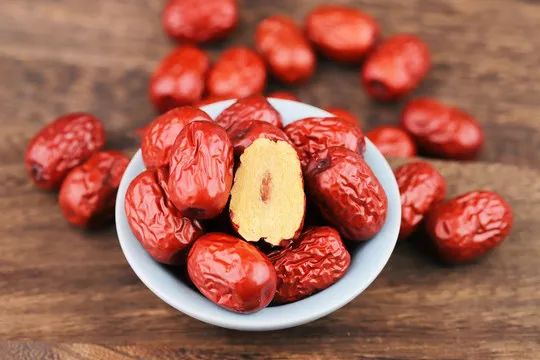
Da Zao acts as a support for the frontline, providing energy while also forming a second line of defense.
Along with Gan Cao, it nourishes fluids; if fluids are not replenished during sweating, new issues may arise.
Da Zao is a fruit that does not release juice, meaning it can help retain moisture, thus working with Gan Cao to maintain hydration and prevent excessive fluid loss during sweating.
These five herbs work together primarily to accelerate metabolism, replenish nutrients, and disperse cold and dampness from the surface.
Due to the acceleration of blood circulation, slight sweating may occur, but this formula is not a diaphoretic; a little sweat is sufficient for recovery. Avoid heavy sweating under thick blankets, as excessive sweating can harm fluids.
This formula does not target any specific virus, yet it effectively resolves colds by strengthening the individual, allowing them to overcome the cold themselves. This exemplifies typical TCM thinking.
Thus, Gui Zhi Tang is essentially a tonic for individuals with relatively weak constitutions.
The “Shang Han Lun” mentions that it is not necessary to take the entire dose; if a little sweat is produced, that is sufficient.
If a cold has already taken hold, this formula may still lead to throat and nasal issues, and one should consider using other herbs or self-regulating the digestive system while waiting for the body to resolve the problem.
In some cases, children may experience a little nosebleed after taking the medicine, which is not a concern, as it indicates the opening of Ying and Wei.
The original text of the “Shang Han Lun” also states, “In Tai Yang disease, the pulse is floating and tight, with fever and no sweating; those who experience spontaneous nosebleeds recover,” indicating that spontaneous nosebleeds are a sign of self-healing.
Due to children’s abundant Yang energy, using methods to accelerate blood circulation to treat colds may lead to slight nosebleeds, which is normal and should not be feared.
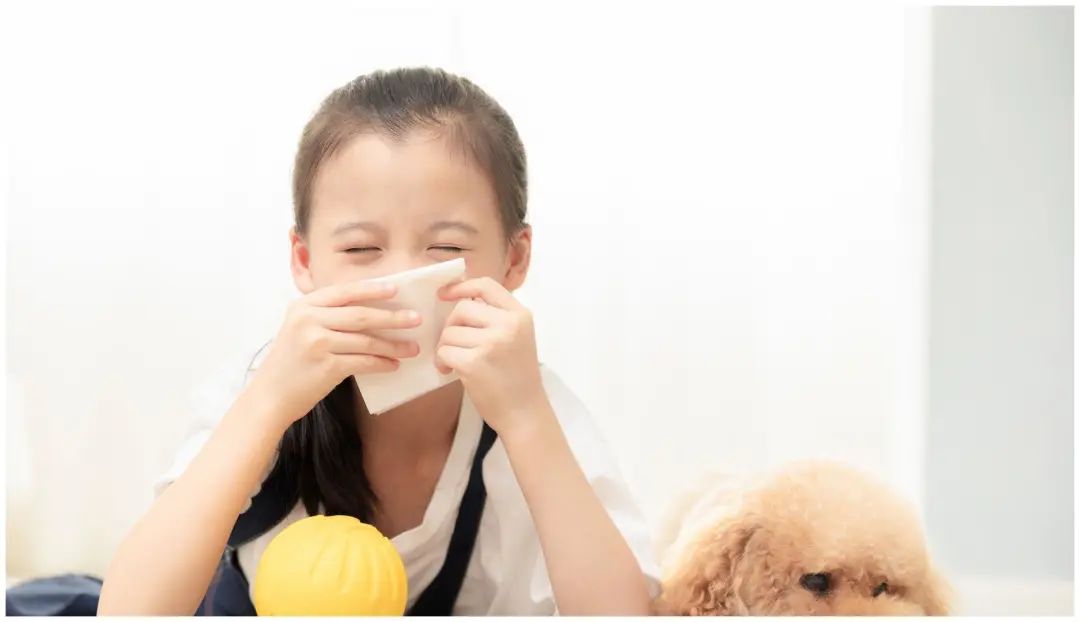
Unlike Western medicine, which focuses on cold viruses, TCM emphasizes enhancing self-healing abilities through nourishing the spleen and stomach (Sheng Jiang, Da Zao, Gan Cao) and accelerating blood circulation (Gui Zhi).
It also represents a holistic approach to problem-solving, without needing to consider specific viral subtypes.
Gui Zhi Tang can be adjusted based on symptoms, such as adding Gui (桂), increasing Bai Shao, removing Bai Shao, adding Fu Zi (附子), or adding Ren Shen.
Bai Shao and Gan Cao can be combined to form Bai Shao Gan Cao Tang, which treats varicose veins, leg cramps, and muscle tension, known as “Qu Zhuang Tang” (去杖汤), which helps those who rely on crutches to eventually discard them.
Of course, not all foot pain can be treated with this formula. These adjustments vary by individual and condition, reflecting TCM thinking.
Thus, in TCM diagnosis, one must observe, listen, inquire, and palpate, assessing the patient’s complexion, tongue, pulse, and listening to their description of symptoms, as well as understanding their eating, sweating, and bowel habits.
All of this is to formulate a personalized treatment plan based on the individual’s condition, representing individualized treatment rather than a one-size-fits-all prescription.
To learn TCM, one should start with classical formulas; to study classical formulas, one should begin with the “Shang Han Lun”.
-
Warm reminder: This article is for reference only. TCM emphasizes syndrome differentiation and treatment, alleviating symptoms without shortcuts. Individual conditions vary, and patients should consult a physician to find the most suitable treatment approach. Some images and text are sourced from the internet, and copyright belongs to the original authors. If there is any infringement, please inform us.
Click the “business card” below to follow us immediately.

